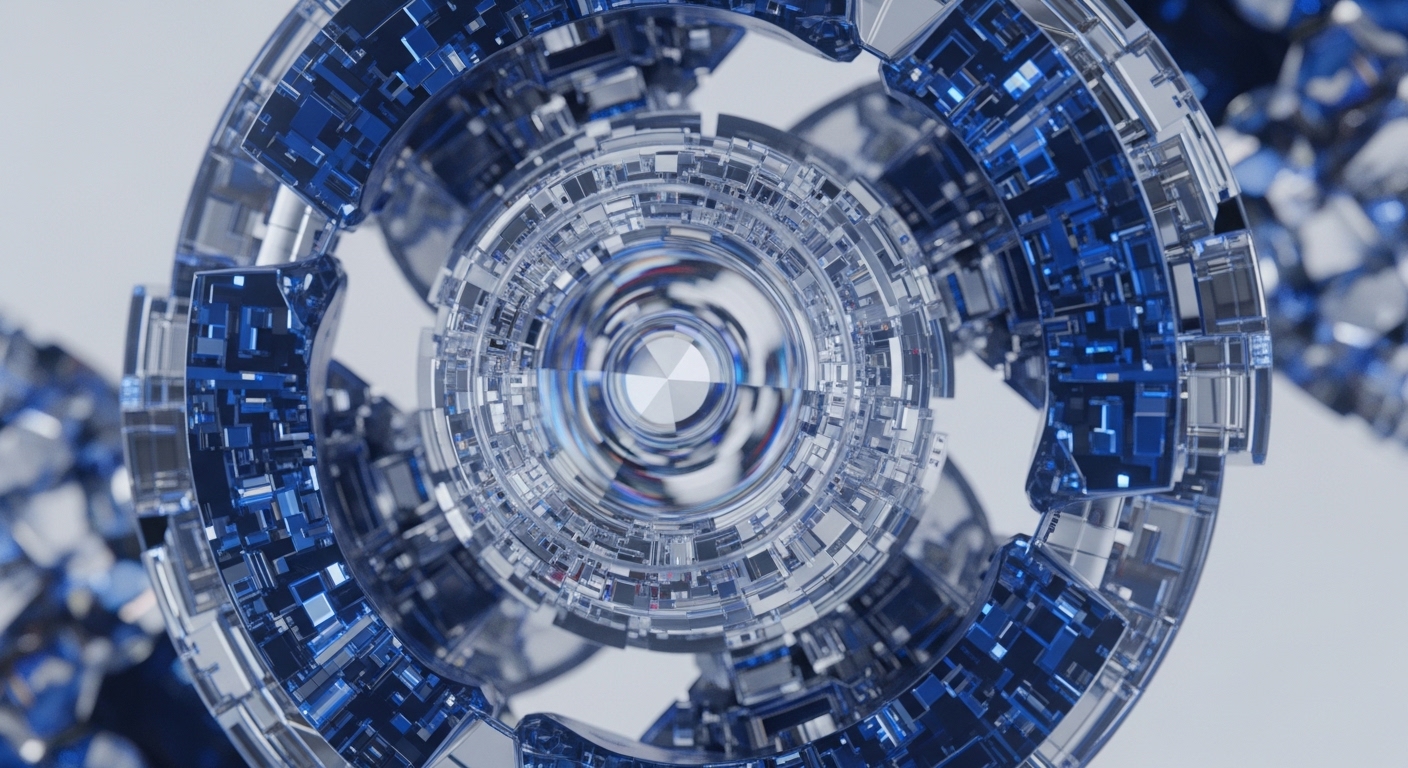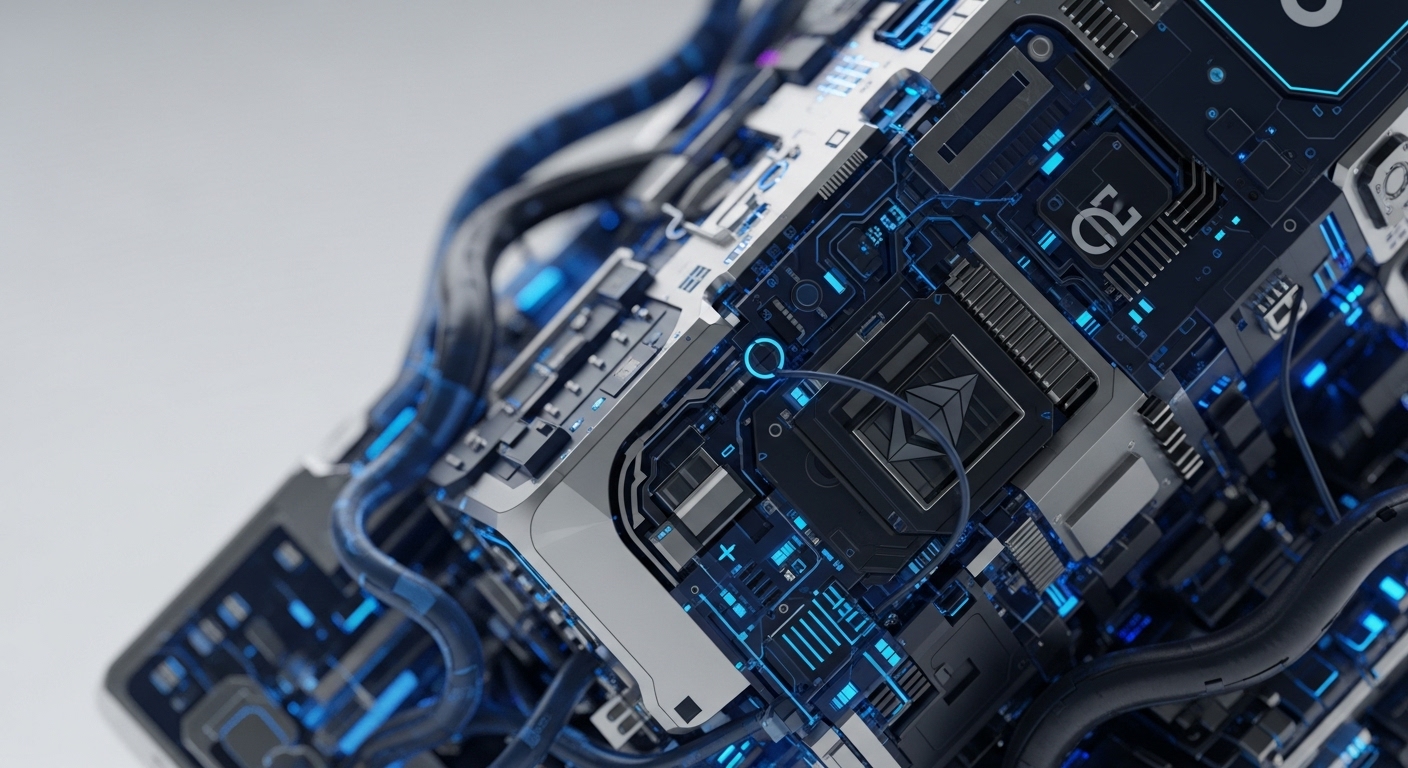
Briefing
The core research problem addresses the computational intensity of Zero-Knowledge Succinct Non-Interactive Argument of Knowledge (zk-SNARKs) for complex operations like matrix multiplication, a critical bottleneck for verifiable machine learning and general verifiable computation on-chain. The foundational breakthrough is the introduction of zkVC, a new construction that integrates Constraint-Reduced Polynomial Circuits (CRPC) and Prefix-Sum Query (PSQ) to drastically reduce the number of constraints and variables required to represent matrix multiplication within a quadratic arithmetic program. This new mechanism fundamentally shifts the proving cost landscape by transforming the cubic complexity of constraints to linear complexity in the matrix dimension, making complex, private, and verifiable computation practically feasible for real-world applications like Transformer model inference.

Context
Before this research, existing zk-SNARK approaches, while mathematically sound, suffered from significant computational overhead on the prover’s side. The established theoretical limitation was that translating complex operations, such as matrix multiplication (central to modern AI and general computation), into the necessary constraint system (like a Rank-1 Constraint System or Quadratic Arithmetic Program) resulted in an unacceptably large number of constraints. This constraint count often scaled cubically (O(n3)) with the matrix dimension n. This theoretical cost made the proving time prohibitively slow for large-scale verifiable computation, confining its practical use to simpler computations and preventing the deployment of complex, high-utility verifiable applications.

Analysis
zkVC introduces two integrated primitives to optimize the arithmetization of matrix multiplication. The first, Constraint-Reduced Polynomial Circuits (CRPC) , transforms the matrix multiplication problem into a polynomial multiplication over a random intermediate variable. This transformation is the core mechanism that reduces the constraint complexity from cubic (O(n3)) to linear (O(n)) in the matrix dimension. The second primitive, Prefix-Sum Query (PSQ) , optimizes the arithmetic circuit for product accumulation by recording prefix sums instead of accumulating individual products.
This dual optimization minimizes both the number of constraints and the number of variables required in the underlying quadratic arithmetic program. The result is a direct and profound acceleration of the prover’s computation, which is the most time-consuming component of a zk-SNARK system.

Parameters
- Proving Time Improvement ∞ 12x – The factor by which zkVC increases proof speed for matrix multiplication over prior methods.
- Constraint Complexity Reduction ∞ O(n3) to O(n) – The reduction in the number of constraints for matrix multiplication, where n is the matrix dimension.
- Verifiable Inference Runtime Reduction ∞ Over 15x – The reduction in runtime when zkVC is applied to verifiable Transformer inference models.

Outlook
This fundamental optimization of the zk-SNARK constraint system opens new avenues for provably correct and private computation. In the next 3-5 years, this research will enable the deployment of verifiable machine learning (Verifiable AI) on-chain, allowing smart contracts to securely and privately verify the results of complex AI model inferences without needing to execute the entire model. The immediate research trajectory will focus on generalizing CRPC and PSQ to other complex data structures and operations beyond matrix multiplication, paving the way for a truly general-purpose, high-speed verifiable computation layer for decentralized systems.
